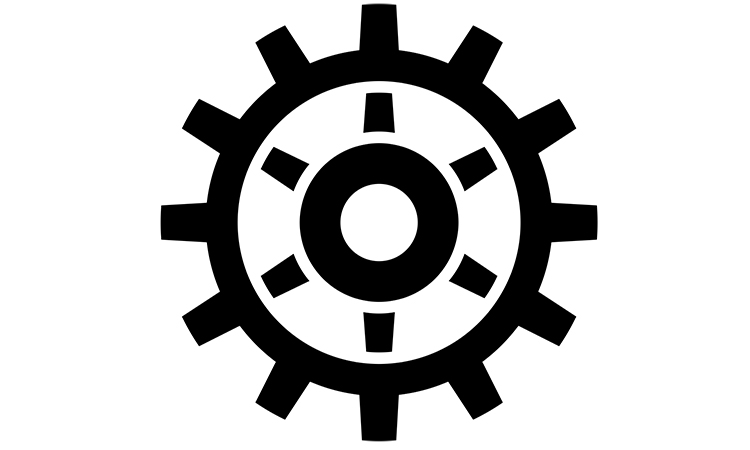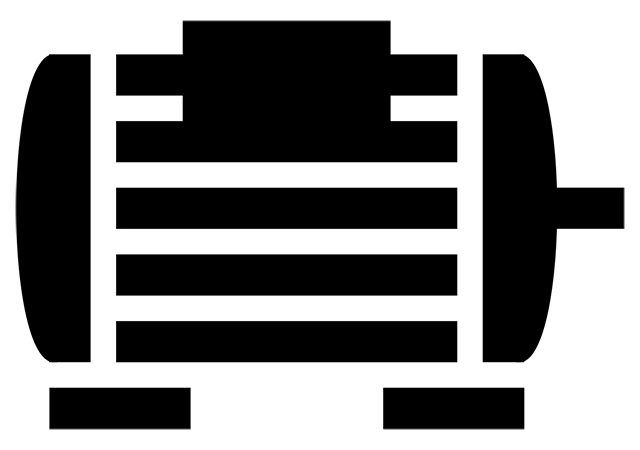The operating of rotating electric machines is based on the very well known laws of electric and magnetic fields. The key role in the operation of elelctric machines is played by windings. To understand what a winding of a rotating electric machine is, let’s consider Figure 1, which depicts a simplified scheme of an electric machine.

An electric machine consists of a rotor, stator and windings. As you can see in Figure 1, the stator S has a cylindrical shape, a rotor R, which rotates inside stator. The rotor and stator consist of the magnetic core, some special insulations and windings – and these create a magnetic flux.
The rotor can be connected to the mechanical load or generator. The windings have a special mission to carry electric current to generate magnetic fields, and to provide current to the loop and create a loop for inducing EMF voltages. The magnetic fields induced on the rotor and stator are essential, and these fields make the rotor turn inside stator.
Electric machines can be characterised by the purpose of windings. If the windings carry only load current, then the winding is called armature. If the current flows to provide a magnetic field, and to flow to the load, then the windings are field windings.
In synchronous machines separate windings carry field and armature currents. In induction electric machines the same winding carries field and armature currents – this winding is called the input winding, or primary. The secondary winding is the output. The electric machines can also be classified from the point of view of the energy conversion. Generators are machines converting mechanical energy to electrical impulses. Motors are machines converting electrical energy to mechanical motion.
The type of excitation of electric machine winding creates the following classification of rotating electric machines:
Direct-current machines – where the DC is in both stator and rotor windings.
Synchronous machines – where the AC current is in one winding and DC is in the other.
Induction machines – where AC current is in both windings.




